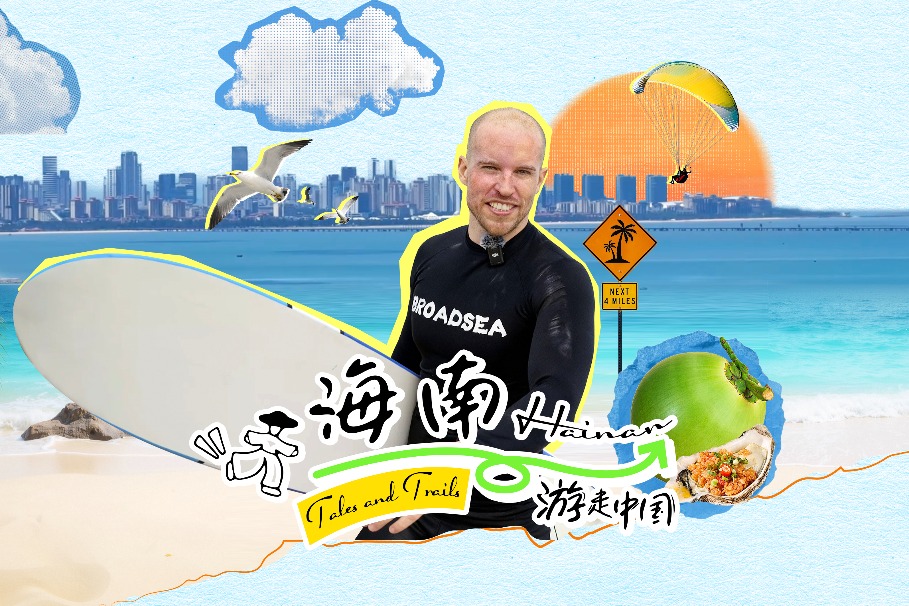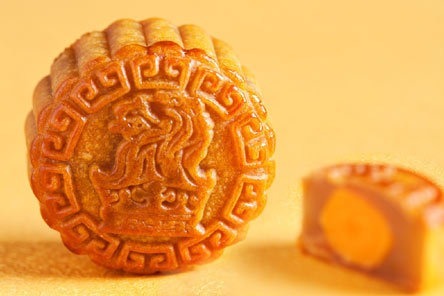A historic tea route flows across time


Plucky Pu'er
Pu'er is a major tea-producing city on the Ancient Tea Horse Road. A large quantity is produced here and then transported north by mule caravans to the Tibetan areas on the snowy plateau.
In the streets and alleys of Pu'er, tea shops are scattered everywhere, and the shop owners warmly invite tourists to come in and taste the tea for free. The best-quality tea comes from the ancient tea plantations in the Old Tea Forests on Jingmai Mountain, a cultural landscape inscribed on the UNESCO World Heritage list in 2023.
I visited Nan Kang, a master tea-maker in Mangjing village on Jingmai Mountain, where nine ancient villages are inhabited by such ethnic groups as the Blang, Dai, Hani and Va, who have cultivated tea trees for generations.
Nan's home is situated in an open space halfway up the mountain. Looking out from his house, expanses of ancient tea forests are bathed in the glow of the setting sun. Many of the ancient tea trees here are more than 100 years old, and the locals believe that each tea tree has its own tea spirit. "Everyone takes good care of these gifts of nature like their own eyes," says Nan.
In early April, I arrived just in time for the tea-picking season. Nan took me to witness the locals' unique skills, such as climbing trees to pick tea. Even elderly villagers in their 60s and 70s nimbly scale the tall trunks to harvest the freshest leaves. It's a skill that has sustained their ancestors for generations.
In just one day, I experienced tea picking, observed every step of the tea-making process and tasted a variety of fine Pu'er teas. It was truly fascinating.
Strolling through the ancient village lined with stilt houses, I saw people dressed in traditional Blang clothes drying their freshly picked tea leaves at their doorsteps. Occasionally, our eyes would meet, and they offered a shy smile. Life here is tranquil and beautiful, much like Pu'er tea.




















